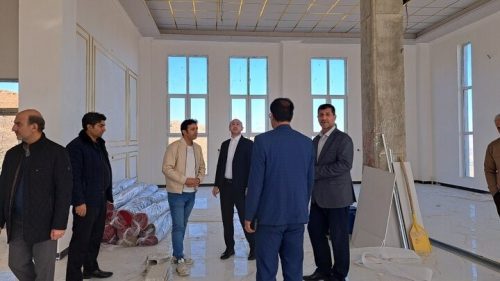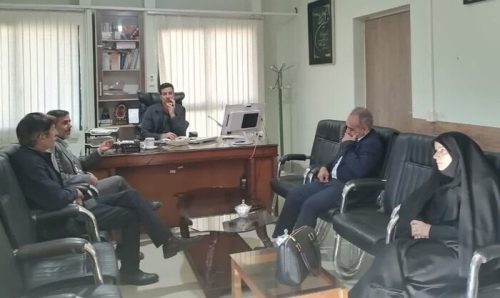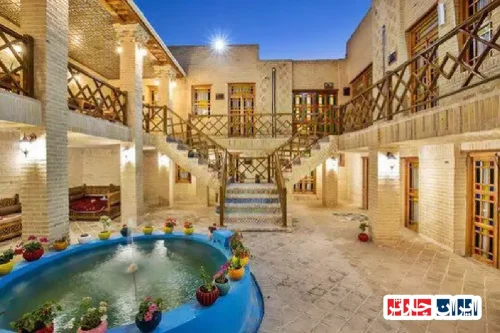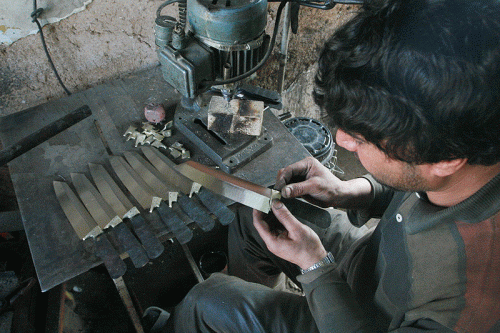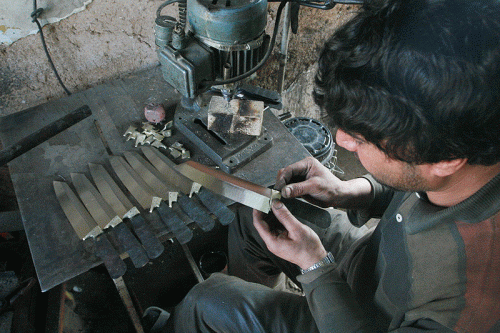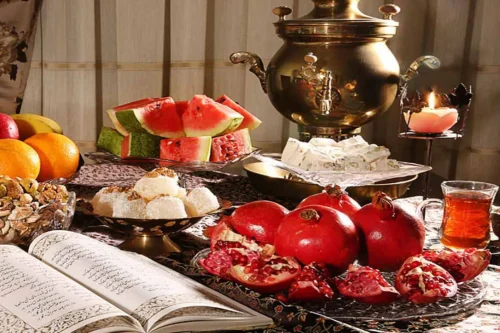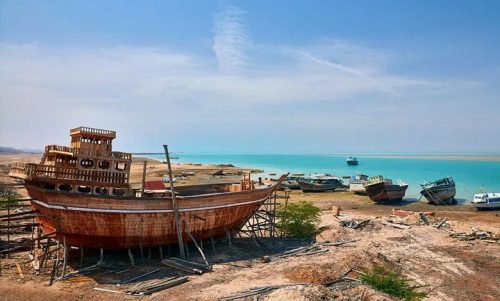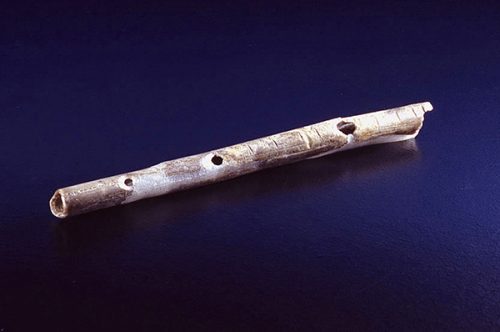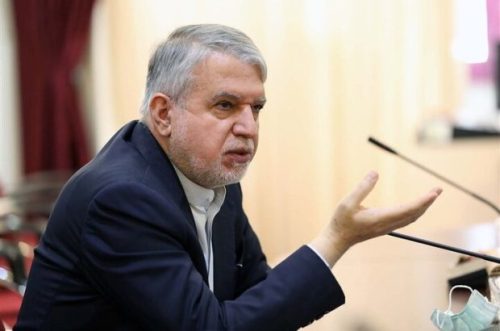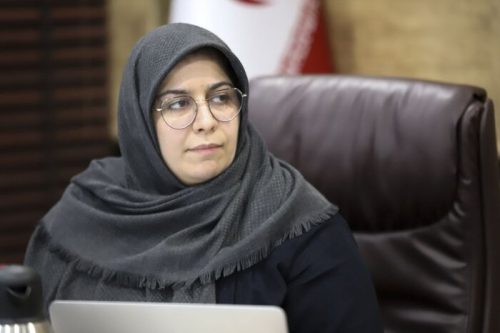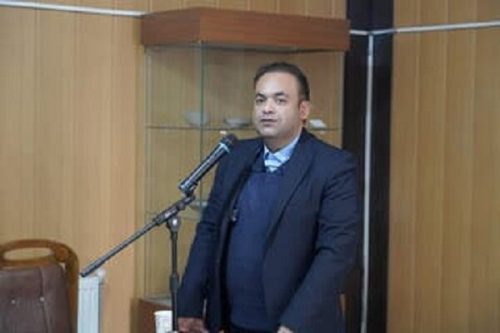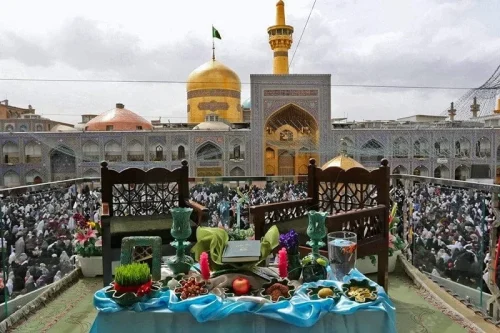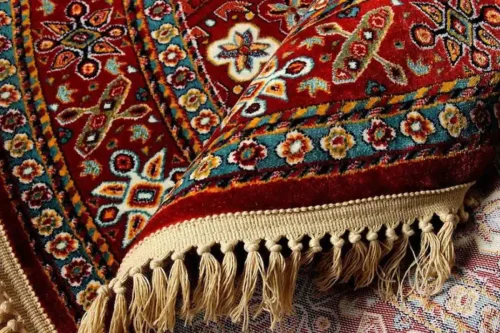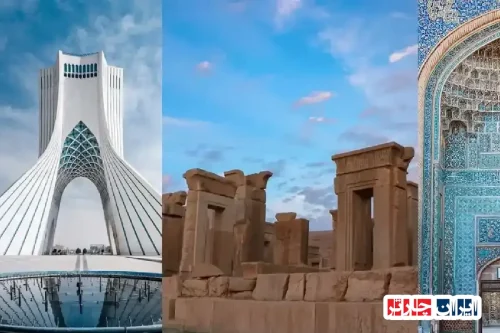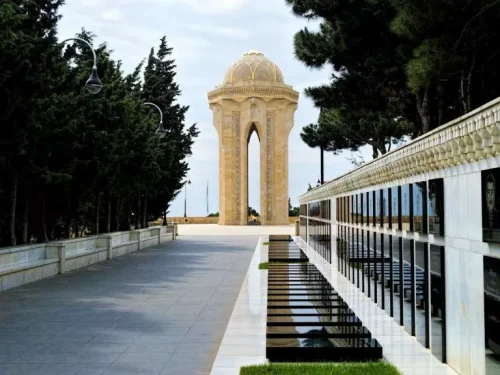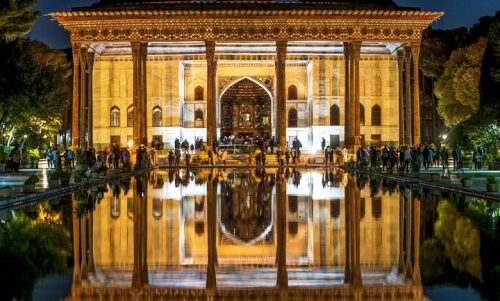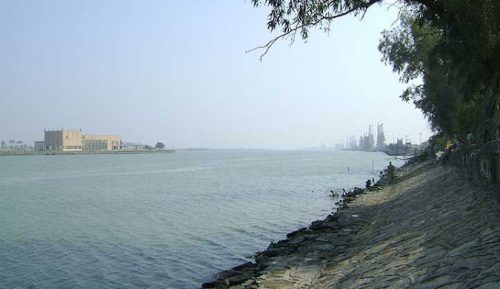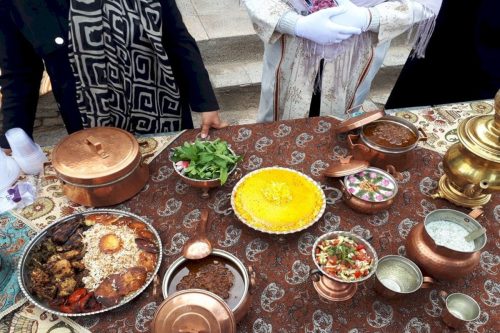Jalali Launches National Handicraft Strategy to Preserve and Modernize Traditional Industries
The announcement of the new national initiative has sent ripples through the traditional industries landscape, as Jalali Launches National Handicraft Strategy to Preserve and Modernize Traditional Industries with a clear vision for integrating time-honored craftsmanship with modern business practices. This comprehensive strategy was designed after an in-depth assessment of current handicraft methods, market trends, and emerging technological innovations, aiming to create a robust framework that both preserves the invaluable cultural heritage and provides a modern launchpad for economic growth. Over recent years, the importance of protecting indigenous art forms has grown exponentially, and this strategy reflects an ambitious yet carefully balanced approach to safeguarding the legacy of traditional art while ensuring that it evolves in tandem with global market demands. In the wake of increasing globalization and rapidly shifting consumer preferences, the decision has come at a pivotal moment. With traditional production methods often overshadowed by mass-produced industrial goods, Jalali Launches National Handicraft Strategy to Preserve and Modernize Traditional Industries is not only a call for cultural conservation but also a smart economic maneuver aimed at revitalizing local industries. The initiative emphasizes the need for a sustainable model that integrates modern technology into age-old techniques, ensuring that artisans can compete in both domestic and international markets without compromising the authenticity of their work. By fostering closer collaboration between governmental agencies, private enterprises, and local communities, the strategy seeks to build a dynamic network that provides artisans with the resources and exposure necessary to thrive in a competitive environment. Central to this transformative vision is the belief that the preservation of traditional handicrafts is key to maintaining a country’s unique cultural identity, which in turn can contribute to a strong export appeal and an enhanced sense of national pride. The strategy outlines a series of targeted actions ranging from the establishment of training centers and the introduction of innovative production techniques to the creation of digital marketplaces that not only enhance product visibility but also improve access to global supply chains. With such measures in place, Jalali Launches National Handicraft Strategy to Preserve and Modernize Traditional Industries represents a groundbreaking shift in cultural policy, reaffirming that innovation and tradition can coexist in a harmonious relationship. The initiative further delves into modern marketing strategies that leverage social media and e-commerce platforms to tell the rich stories behind each handcrafted piece. This narrative approach not only helps to differentiate these products in crowded marketplaces but also educates consumers about the unique skills and historical significance embedded in every creation. By doing so, the strategy underscores the value of authenticity and craftsmanship, paving the way for a new era in which cultural heritage is recognized as a cornerstone of sustainable economic development. The integrated approach promises to streamline the connection between artisans and consumers, thus ensuring that the economic rewards of modernization are distributed equitably across communities that have long been the custodians of these traditions. Efforts to modernize techniques and expand market reach are underpinned by significant investments in research and development as well as in state-of-the-art infrastructure. These investments are expected to lead to improved production efficiencies, better quality control, and a higher level of design innovation without stripping away the unique characteristics of each handicraft form. Additionally, the role of policy makers and strategic partnerships is expected to be vital; through coordinated action, the strategy aims to eliminate bureaucratic hurdles, secure funding, and implement educational programs that foster both technical expertise and creative expression. Collectively, these initiatives will help ensure that every aspect of Jalali Launches National Handicraft Strategy to Preserve and Modernize Traditional Industries is executed with meticulous attention to detail, promoting an environment where tradition and progress are not mutually exclusive. Moreover, by establishing links between traditional artisans and modern designers, the strategy anticipates a creative renaissance that will stimulate new product lines while still honoring established customs. Workshops, collaborative spaces, and innovation hubs are set to play an essential role in this process, encouraging knowledge sharing and cross-cultural exchanges that drive product evolution. There is also a strong emphasis on sustainability, with eco-friendly practices being integrated into production processes whenever possible, ensuring that the environmental impact remains minimal. This holistic approach promises not only to protect but also to enhance the legacy of the handicraft sector, making it a resilient pillar of both cultural and economic development. Another significant focal point within this strategic plan is the imperative to preserve the rich historical narratives associated with each artisan and craft. Storytelling forms a core component of the marketing strategy, helping to create an emotional connection between the consumers and the creators. This narrative, interwoven with modern branding techniques, is expected to significantly elevate the profile of traditional products on a global stage. As stakeholders begin to see the benefits of incorporating both modern technology and conventional artistry, Jalali Launches National Handicraft Strategy to Preserve and Modernize Traditional Industries reinforces the idea that cultural traditions can and should evolve alongside current trends. This evolution, however, must be carefully managed to ensure that the integrity and authenticity of the handicrafts remain unblemished. Critically, the strategy also addresses the socio-economic aspects that underpin the handicraft ecosystem. By providing opportunities for skill development, entrepreneurship, and market access, the initiative positions itself as a catalyst for broader economic empowerment. The anticipated outcomes include job creation, increased income for rural and marginalized populations, and the preservation of cultural identity amidst rapid urbanization. Efforts in capacity building and education play a vital role in this process, ensuring that artisans are well-equipped to adapt and innovate. The strategic framework envisages a future where traditional craftsmanship is not a relic of the past but rather a vibrant, evolving industry that continues to contribute meaningful value to society. In summary, the launch of this national strategy marks a decisive step forward in transforming the traditional handicraft sector into a modern, competitive industry. Jalali Launches National Handicraft Strategy to Preserve and Modernize Traditional Industries signifies more than just an economic policy; it embodies a commitment to cultural preservation, creative innovation, and sustainable development. By integrating cutting-edge technology with century-old traditions, this ambitious project sets the stage for a future where cultural heritage and modern industry are seamlessly intertwined. The strategy recognizes that in order to truly excel in today’s global economy, it is critical to maintain an unwavering commitment to both progress and preservation, ensuring that the art of handicraft continues to inspire and sustain generations to come.
handicraftinnovation-Iran Charter
handicraftinnovation-Iran Charter
handicraftinnovation-Iran Charter
The Importance of Developing a National Handicraft Document in Preserving National Identity
The rise of Jalali Launches National Handicraft Strategy to Preserve and Modernize Traditional Industries underscores the critical need for a national framework dedicated to protecting cultural heritage. A well-crafted document not only celebrates centuries-old craftsmanship but also aligns traditional techniques with modern standards, ensuring that the unique identity of local artisans remains intact. By setting clear strategic guidelines and fostering collaboration between government bodies and local communities, this initiative paves the way for a vibrant cultural legacy that resonates on a national and international level.
Modern Infrastructure and Advanced Technologies in Implementing the National Handicraft Strategy
Jalali Launches National Handicraft Strategy to Preserve and Modernize Traditional Industries by integrating state-of-the-art infrastructure and cutting-edge technologies into the handicraft sector. This approach emphasizes the role of modern digital tools, improved production processes, and smart innovation in transforming traditional methods. With investments in advanced machinery and digital platforms, the strategy creates opportunities for artisans to enhance product quality and streamline supply chains, thus bridging the gap between time-honored practices and today’s global market demands.
Institutional Coordination and the Role of Executing Agencies in Optimizing the Strategy
A core strength of Jalali Launches National Handicraft Strategy to Preserve and Modernize Traditional Industries lies in its emphasis on institutional coordination. By bringing together various governmental agencies, private investors, and cultural organizations, the strategy ensures that all stakeholders work in unison toward common objectives. This coordinated effort fosters an environment where resources are pooled effectively, administrative hurdles are minimized, and innovative projects are implemented with precision to create a seamless network that supports traditional artisans.
Developing Macro Strategies for Sustainable Growth and Development in Handicrafts
In today’s rapidly evolving market, establishing macro strategies is essential for the long-term success of traditional industries. Jalali Launches National Handicraft Strategy to Preserve and Modernize Traditional Industries not only focuses on preserving heritage but also on developing comprehensive economic plans that promote sustainable growth. By harmonizing modern business practices with traditional artistry, the strategy enables artisans to tap into new revenue streams, boosting both local economies and the cultural significance of handicrafts.
Linking Production to Exports: A Fundamental Step in Realizing Strategic Goals
Connecting local production processes with international export markets is a pivotal element of Jalali Launches National Handicraft Strategy to Preserve and Modernize Traditional Industries. The initiative facilitates a robust supply chain that spans from small-scale workshops to global marketplaces. By promoting high-quality standards and ensuring effective distribution channels, this strategy empowers artisans to compete on a worldwide stage, thereby transforming traditional handicrafts into valuable cultural exports that generate economic stability.
Boosting Global Competitiveness Through Innovation in Handicrafts
As global markets become increasingly competitive, innovation is key to maintaining the relevance of traditional crafts. Jalali Launches National Handicraft Strategy to Preserve and Modernize Traditional Industries actively encourages the blending of creative design with modern technologies. This fusion not only refines product aesthetics but also enhances market appeal and international competitiveness. Through strategic marketing initiatives and digital engagement, artisans are better positioned to reach diverse consumer bases while preserving the authenticity of their craft.
Supporting Investors and Creating Sustainable Employment within the Handicraft Sector
One of the primary objectives of Jalali Launches National Handicraft Strategy to Preserve and Modernize Traditional Industries is to create an attractive investment environment that stimulates job creation. By providing clear regulatory frameworks, financial incentives, and skill development programs, the strategy offers robust support to both existing artisans and new entrepreneurs. This dual approach not only safeguards cultural heritage but also drives economic growth, ensuring that the benefits of modernization are shared across communities.
The Role of Cultural and Traditional Values in Defining Strategic Objectives
At the heart of Jalali Launches National Handicraft Strategy to Preserve and Modernize Traditional Industries is a profound respect for cultural traditions. By integrating long-standing cultural values into modern business models, the initiative reinforces the idea that authenticity and innovation can coexist harmoniously. This cultural grounding is essential not only for preserving the historical narrative of handicrafts but also for differentiating these products in a crowded global market, thereby bolstering national pride and enhancing export potential.
Challenges and Future Opportunities on the Path to Transforming the National Handicraft Landscape
While Jalali Launches National Handicraft Strategy to Preserve and Modernize Traditional Industries has laid out an ambitious roadmap, the journey ahead comes with its own set of challenges. Issues such as bureaucratic complexities, market fluctuations, and the need for continuous innovation must be addressed. However, these challenges also present opportunities for growth, such as the adoption of new technologies, increased global collaboration, and the emergence of sustainable production models. By staying adaptive and leveraging strategic partnerships, the initiative is well positioned to transform traditional industries into thriving modern enterprises.
Frequently Asked Questions
- What is the National Handicraft Development Document?
- The document is designed to preserve, revive, and modernize the handicraft sector within the framework of an authentic Iranian-Islamic lifestyle, offering comprehensive strategies for sector enhancement.
- What is the main objective of the National Handicraft Development Document?
- Its primary goal is to create synergy among government agencies, encourage significant investments, and expand the global market for handicrafts.
- How was the document developed?
- It was developed during finalization sessions through the collaboration of representatives from various government agencies, based on available legal and budgetary capacities.
- How many categories of handicrafts exist in the country?
- According to available data, there are 299 categories grouped into 18 different handicraft sectors.
- What role does the Ministry of Foreign Affairs play in the document?
- The Ministry of Foreign Affairs has proposed that handicrafts be recognized as a key cultural product within the framework of cultural economic diplomacy.
- How many implementation programs are included in the document?
- The document outlines 67 implementation programs covering the entire production chain, from creation to export.
- When was the final institutional mapping meeting held?
- The meeting was held on the morning of Tuesday, 29th Ordibehesht 1404 (Iranian calendar), during which all agencies were required to complete their mission tables.
- How are government agencies involved in completing the institutional mapping?
- Each agency is obligated to complete its own institutional mapping based on its legal and budgetary capacities and to prepare a comprehensive program for government approval.
- How is collaboration between different agencies described in the document?
- The document emphasizes the need for cohesion and synergy among agencies, moving away from parallel efforts towards achieving effective cooperation.
- Under which approach was the document prepared?
- It was prepared following the guidance of fifteen comprehensive strategies from the “9 Transformation Documents” of the Supreme Council for Cultural Revolution and Article 17 of the Seventh Development Plan’s policies.
- Why is leveraging legal and budgetary capacities important in the document?
- Utilizing each agency’s legal and financial capabilities is essential for successfully implementing the 67 operational programs and supporting the overall development of the handicraft sector.
- How did the representatives of various agencies collaborate in preparing the document?
- Representatives exchanged insights and suggestions during the finalization sessions, emphasizing the importance of inter-agency collaboration for effective institutional mapping.
- What measures are suggested to enable handicrafts to access global markets?
- The document advises strengthening the production chain, ensuring inter-agency coordination, and capitalizing on existing global market opportunities.
- How is support for artists emphasized in the document?
- The document stresses the importance of providing special support and adding value for artists as a key objective.
- How does the document help in preserving the authenticity of handicrafts?
- By focusing on preserving the authentic Iranian-Islamic lifestyle and employing modern strategic approaches, the document helps maintain and revive cultural heritage.
- What role does Iran Charter play in delivering news related to this document?
- Iran Charter offers accurate and up-to-date news on cultural developments and the handicraft sector, keeping its audience well informed.

